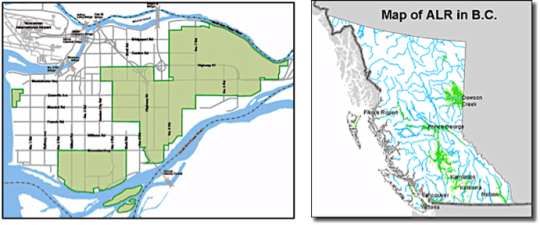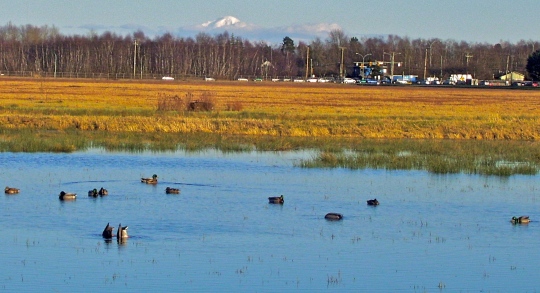
Directing new port capacity from Vancouver to Prince Rupert is good for trade with Asia. So is the Western Canada Port Agency (WCPA). Neglected for a decade, the WCPA concept is much needed.
Prince Rupert, with easy access to open ocean, is the deepest natural harbour in North America. It brings Western Canada closer to Asia. It adds port capacity without harming the environment, unlike the proposed Roberts Bank Terminal II (near Vancouver).
 “Blow up the Vancouver Fraser Port Authority,” says MP Joe Peschisolido (Steveston-Richmond East). He means it’s easier to start anew than to untangle VFPA’s ingrained problems. A phrase to express the essence of the solution is Western Canada Port Agency, which might perhaps become a working title.
“Blow up the Vancouver Fraser Port Authority,” says MP Joe Peschisolido (Steveston-Richmond East). He means it’s easier to start anew than to untangle VFPA’s ingrained problems. A phrase to express the essence of the solution is Western Canada Port Agency, which might perhaps become a working title.
The name honours the area it serves, Western Canada, instead of a port city. As an Agency, the new entity would still have authority assigned by the federal government, but it would shed the imperious autonomy the Vancouver Fraser Port Authority is known for. In short, the Western Canada Port Agency would replace a self-serving authority with a Canada-serving agency.
This article by the Fraser Voices Association builds on MP Joe’s recent submission to the Ports Modernization Review, which he developed in discussion with Fraser Voices leaders.
Implementing a blue-ribbon panel’s advice to a federal minister, the WCPA would include the ports of both Vancouver and Prince Rupert. “We recommend,” said the panel, “that a single port authority be created to include the existing Vancouver ports plus Prince Rupert. This is the only way to assure complete collaboration of Canada’s West Coast ports. . . .” They went on to add, “We recommend that development of container capacity in Prince Rupert be given priority over investment in Vancouver.“
On another relevant note, the panel said: “We recommend that a systemic approach be taken to achieve an understanding of port capacity before a conclusion is reached that a particular port must necessarily be physically larger.” That could apply to the Western Canada port system as well as each of the ports.
The panel’s report has been only semi-implemented, reportedly due to intra-cabinet politics. It still merits respect, not neglect. In fact, that is implicit in the recent BBCC Analysis of RBT2 report (Oct 1, 2018) from the Boundary Bay Conservation Committee to the Canadian Environmental Assessment Agency panel that is reviewing VFPA’s proposed Roberts Bank Terminal 2 (RBT2) in Delta.
Supposedly, the saving grace of Terminal 2 was that it met a necessity for increased Western Canada container capacity uniquely enough to warrant an ecological debacle. However, the Prince Rupert alternative has evidently been under-appreciated because of VFPA’s sleight of hand in downplaying it. Fortunately, the BBCC has debunked the faulty evidence. The Boundary Bay Conservation analysis shows that increased capacity planned for Prince Rupert, along with systemic efficiency, should make Terminal 2 superfluous.
As well, there are long lists of problems that have arisen from the VFPA model of insulated privilege — autonomous but wielding federal power. A number of Metro governments want a port partner that’s more collaborative and accountable. In any case, it’s time to end the Golden Age of the VFPA.
As part of the Western Canada Port Agency, the port of Vancouver would focus on its basic strengths while joining forces with the port of Prince Rupert and others. As providers of port services, they would respond to provincial, municipal, First Nations and community input.
There would also be many associated ports within the Western Canada service area:
- Port Alberni Port Authority and Nanaimo Port Authority, which are smaller federal marine ports
- The inland ports in/near Ashcroft, Prince George, Edmonton, Calgary, Regina and Winnipeg
- Various other federal and non-federal marine and inland ports
It should be a win-win for all: the ports, commerce, the environment and Canada.
Directly and indirectly, the Western Canada Port Agency would involve the whole transport system. It would enable optimal flow of goods from, to and through all parts of Western Canada. That would be very good for the economy and quality of life. It’s related to the Asia-Pacific Gateway and Corridor Initiative, but the modernizing will need to be less Vancouver-centric. One way to think that way would be headquarters in Prince Rupert.

Prince Rupert is one day closer to Asia than Vancouver—each way!
Some other aspects: The Western Canada Port Agency would also ensure that its whole operation fosters both personal safety/wellness and environmental wellness, extending the existing practice of environmental stewardship that is integral to the Port of Prince Rupert. It would not be autocratic, and it would be devised to NOT fall back into the problem behaviours of VFPA. They include concerns like these ones that the Fraser Voices Association (Richmond-based) and Against Port Expansion (Delta-based) put together recently.
To be modern, the Western Canada Port Agency must learn from mistakes, like Apple, which—on the brink of bankruptcy about 22 years ago—finally came to grips with its previous mistake of forcing Steve Jobs out. After mending fences, Apple has done okay.
In this case, the blue-chip panel reported on port modernization over a decade ago—to Minister David Emerson, who soon left politics before implementing the parts cited here. Learning from the missed opportunity can change the world and our little corner of the globe, Western Canada.
Note: The report to Minister David Emerson was prepared, gratis, by Jeff Burghardt, CEO of Prince Rupert Grain Co.; Arthur Defehr, CEO of Palliser Furniture Ltd., Winnipeg; and Richard Turner, chairman of ICBC. Dated May 28, 2007, the report was public by January 2008. The recommendations are on pages 16–20.
Note: Richmond Council has urged Transport Canada to replace the Vancouver Fraser Port Authority with the Western Canada Port Agency in its input to the Ports Modernization Review.





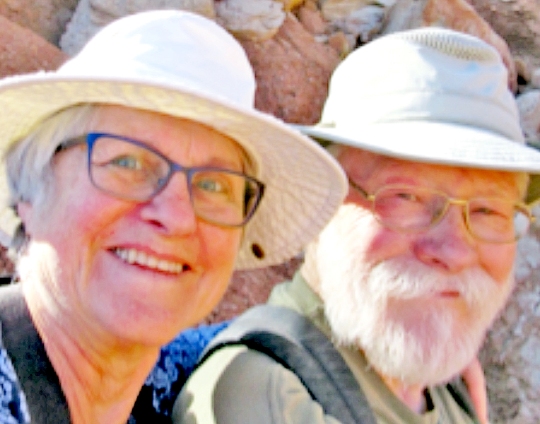


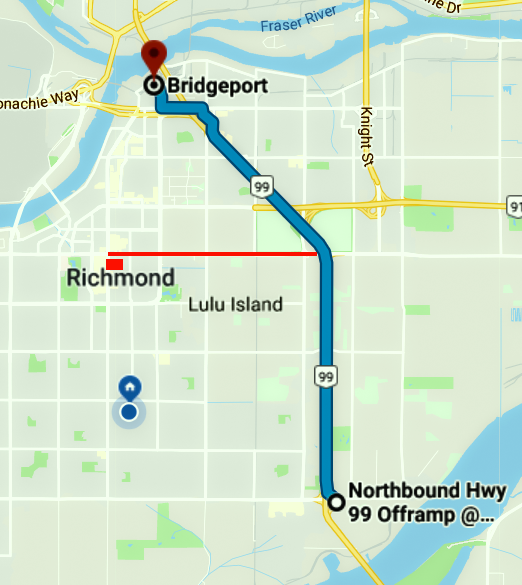

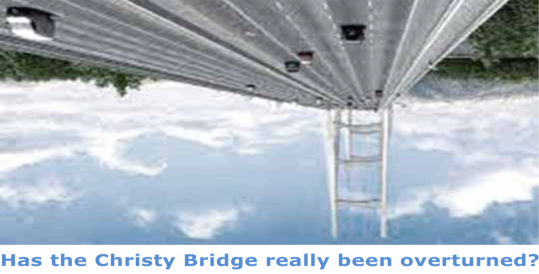




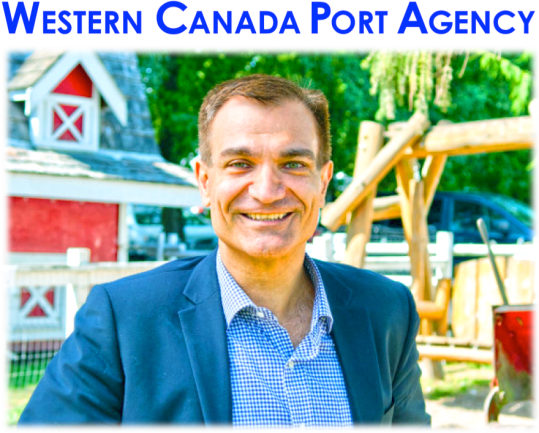



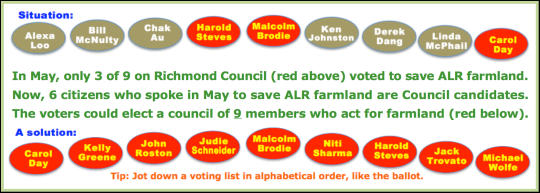



 The lands have become a city park, with a major park enhancement process under way, and the citizens aim to help steward the lands in the ALR for agricultural, ecological and open-land park uses for community wellness. That would include restoration of the sphagnum bog on much of the lands. Sphagnum moss, illustrated at right, is the keystone genus (group of species) that spent millennia leading the forming of the lands.
The lands have become a city park, with a major park enhancement process under way, and the citizens aim to help steward the lands in the ALR for agricultural, ecological and open-land park uses for community wellness. That would include restoration of the sphagnum bog on much of the lands. Sphagnum moss, illustrated at right, is the keystone genus (group of species) that spent millennia leading the forming of the lands.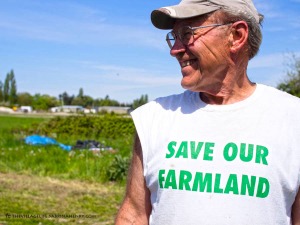


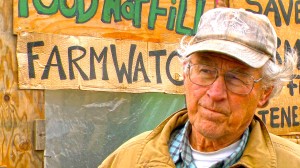


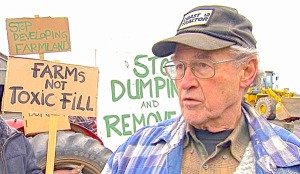
 C
C

